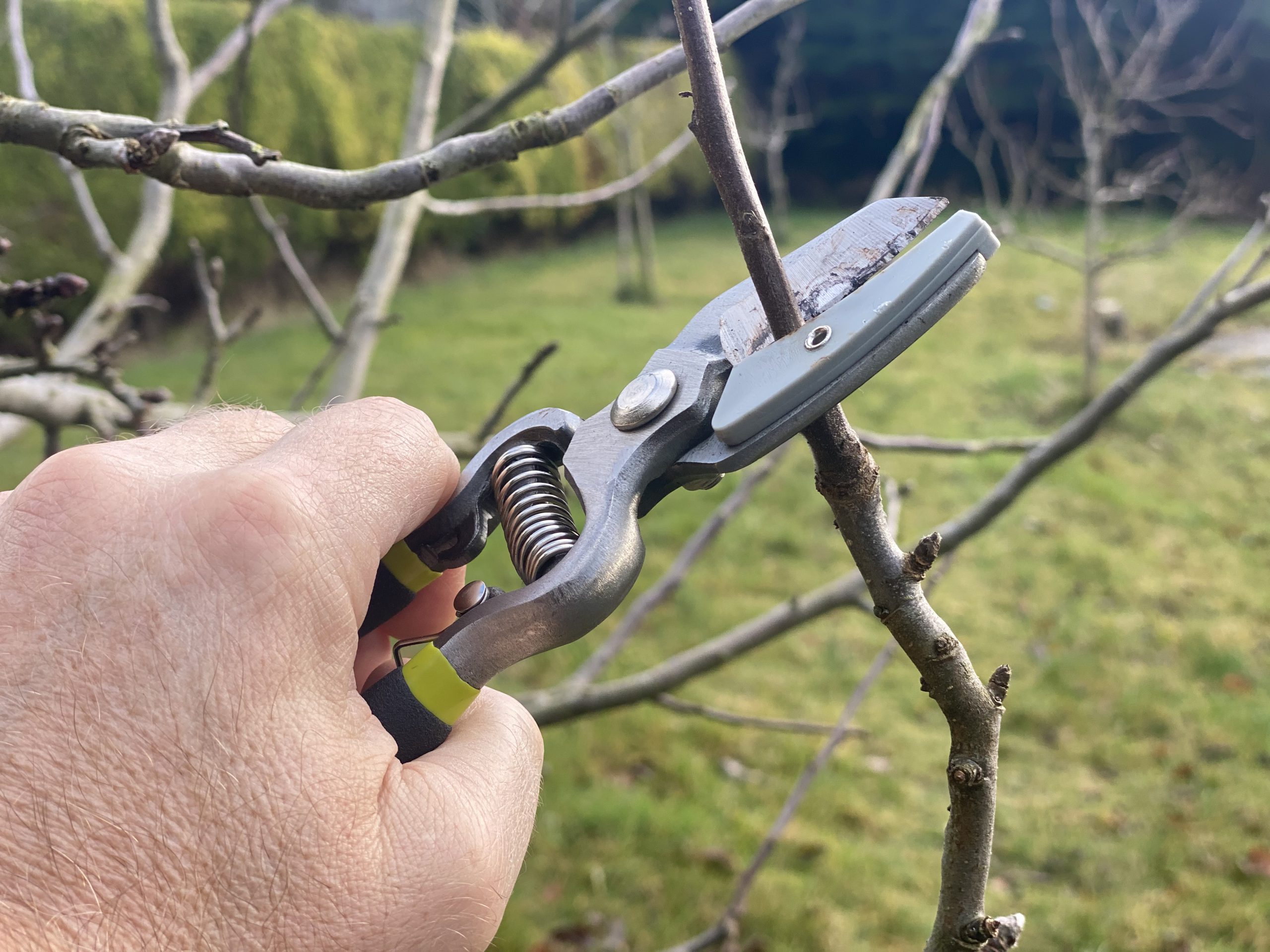Springtime is the right time to get out in the garden with the pruning shears and reshape your fruit trees ahead of their next phase of growth. We imply something similar when we talk about “deadwood” in the context of organisations. Only we are talking about people not vegetation.
What or who is for the knife?
Deming observed that 95% of performance (good or bad) results from the system and only 5% from the people. Following that theme this post will present the idea that it is “the system” that we should be attacking with a sharp instrument, not human beings.
Why change the system?
When we first completed the research that underpins the Vitality Index it was way back in 1990. In 2010 when we reran the research, on aggregate and based on the organisations in our samples the Vitality of UK organisations had dropped by something like 5 percentage points.
“Vitality” is an umbrella term that we use that encompasses employee experience, adaptability, and ability to innovate.
We package these three things together because they are the unavoidable consequences of a set of 26 practices that our research identified.
If you adopt the practices, you will get these outcomes – all of them; you can’t pick and choose – sorry.
What changed between 1990 & 2010?
The rate of change, that’s what.
A lot happened between 1990 and 2010. The internet happened for a start and brought with it entirely new ways of doing business, building relationships, communicating as well as opening-up a whole new world of easy-to-access information. This combined with a whole heap of other new technologies meant that the rate of change in the external environment accelerated to a whole new level. And yet in the same intervening time the ability of our organisations to adapt deteriorated. And that in spite of the zillions of words written on the subject of how to manage change in a VUCA world.
If the world was speeding up, why were organisations slowing down?
This is the $6M dollar question. Our research was able to indicate and broadly quantify the slow-down but was not designed to identify the why.
Based on our observations however, we have a hunch. In this time organisations seemed to get taller, with more layers of management, and wider with much more functional specialism (i.e. in these two decades procurement became widely professionalised, the ratio of HR people to numbers employed exploded). So much more of everyone’s work was done within the constraints of an IT system (great for visibility, efficiency and consistency, not so good for continual improvement and adaptation). Industrial regulation widened to affect more sectors and deepened in its complexity and implications. A net result of all of these, and other factors, is that organisations became much more cumbersome, getting things done was rarely straight forward. The risk aversion of leaders also infected the mindset of anyone in the organisation with decision authority . Thus, to “prevent the worst happening”, processes, procedures and rules proliferated, and decisions got slowed by passing them up to the boss.
Sorry for the loaded question, but what do you think the net effect of all of these factors might be on an organisation’s ability to offer a great employee experience, to be nimble, adaptive and to innovate?
What is bureaucratic drift?
Processes, procedures, rules and authorisation levels all have their place, but have you ever noticed how much more common it is for process and procedure to get added and for rules and authorisation requirements to tighten than it is for them to be removed or relaxed? In the absence of this removal / relaxation activity, year on year, the level of bureaucracy grows without anybody really noticing, a bit like boiling a frog. So, unless there is a routine and deliberate effort to prune back the ever-expanding bureaucracy, we should expect our organisations to fall into a state that we call bureaucratic drift, becoming more and more bogged down in resource sapping and unrewarding activity which is of questionable value.
How might we go about the job of pruning?
When teams in organisations use the Vitality Index, we help them make changes in the form of safe-to-try experiments. Thanks to the research-based diagnostic capability of the Index, the teams are directed towards specific areas of practice that have the greatest potential for each individual team. Drawing on the knowledge contained in the Vitality Playbook, and the tacit knowledge in our heads, we offer some ideas to stimulate their own suggestions. We always encourage the team towards changes that lighten the bureaucratic load, rather than add to it. Here are some examples:
- Rather than adding a new report, meeting or agenda item, how about removing something that seems to add no value and see what happens?
- Search for and scrap processes / systems that have become institutionalised – the ones that may have had some value in the past but have outlived their ‘see-by-date’.
- Locate processes that are justified under the name of ‘control’ and check to see what actual control there is. Or do we just have the ‘illusion of control’ but none in reality?
- Check the ‘earners and spenders’ ratio. Earners are the people who generate the organisations income and add value to customers. Spenders do not. Shift spenders to more added-value roles, especially those that add value to customers.
- Crowd source to find out what is currently most difficult for and frustrating to employees and what they would like to see changed. And then engage them with the change process, from the why to the what to the how.
- Check to see how time is occupied with routine, repetitive activities – that are a bit like running hard on the spot, but don’t generate forward movement. Then engage people in stuff that will improvement performance in some way – the one-off tasks and events that will create movement
- Search for opportunities to replace tight, prescriptive rules with broad guidelines – and work out with the people involved what they should be.
Be bold; unlike the work of secateurs, pruning bureaucracy is reversible
“Safe-to-try” is the key here, all changes can be made in some way partial, time bound or reversible, so in way there is nothing to lose and learning is guaranteed. So no need to be timid, be radical. Unlike other forms of pruning accidents you wont be left trying to re-graft limbs onto trees or losing the wrong people.
Be bold, explore, experiment, have fun and whatever you do, don’t drift into a place you don’t want to be.
This post was written by Ben, he likes nothing more than helping with teams as they bushwhack their way through the bureaucratic entanglements that frustrate them and stifle the organisations’ performance.

